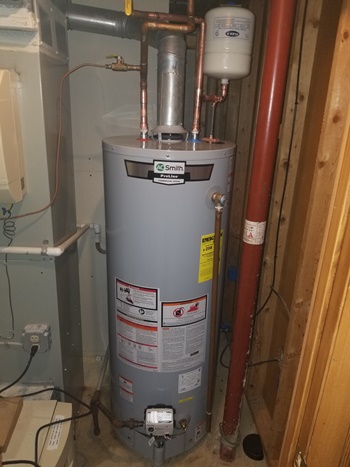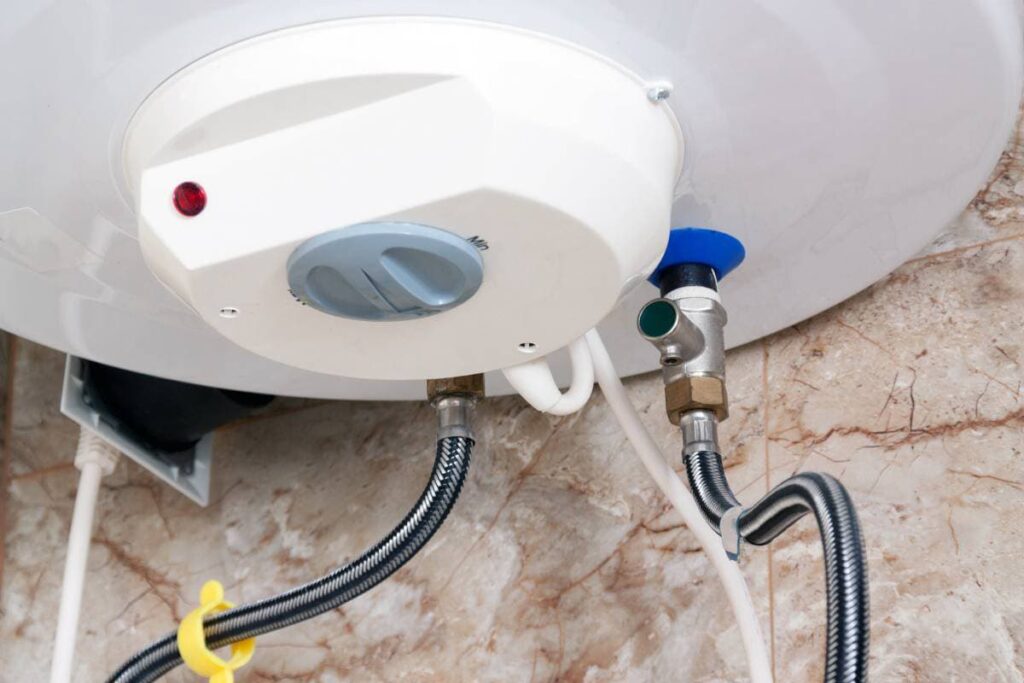This post underneath in relation to Water Heater Maintenance Tips You Can't Afford to Forget is particularly motivating. Don't overlook it.

Warm water is vital for daily comfort, whether it's for a refreshing shower or washing recipes. To ensure your warm water system runs efficiently and lasts much longer, regular upkeep is crucial. This article offers functional tips and understandings on how to preserve your home's warm water system to avoid interruptions and costly repair work.
Intro
Maintaining your home's warm water system could seem complicated, yet with a few basic steps, you can ensure it runs efficiently for years to find. This overview covers every little thing from understanding your warm water system to do it yourself maintenance suggestions and recognizing when to call in expert aid.
Importance of Maintaining Your Hot Water System
Normal upkeep not only extends the life expectancy of your warm water system but also ensures it runs successfully. Neglecting maintenance can result in reduced effectiveness, higher power expenses, and even premature failure of the system.
Signs Your Hot Water System Requirements Upkeep
Understanding when your hot water system needs attention can prevent major concerns. Keep an eye out for indicators such as inconsistent water temperature, unusual sounds from the heater, or corroded water.
Purging the Hot Water Heater
Flushing your hot water heater eliminates sediment build-up, enhancing efficiency and lengthening its life.
Checking and Changing Anode Rods
Anode rods prevent deterioration inside the storage tank. Evaluating and changing them when worn is crucial.
Facility Issues Calling For Expert Aid
Examples consist of major leakages, electrical troubles, or if your water heater is consistently underperforming.
Regular Professional Maintenance Perks
Professional maintenance can consist of comprehensive assessments, tune-ups, and ensuring conformity with safety and security requirements.
Evaluating and Changing Temperature Level Settings
Changing the temperature settings guarantees optimum performance and safety and security.
DIY Tips for Upkeep
You can perform a number of upkeep jobs yourself to maintain your hot water system in top problem.
Checking for Leaks
Frequently evaluate pipes and connections for leakages, as these can lead to water damages and higher expenses.
Recognizing Your Hot Water System
Before diving right into upkeep tasks, it's valuable to recognize the basic components of your hot water system. Commonly, this consists of the water heater itself, pipes, anode rods, and temperature level controls.
Regular Monthly Maintenance Tasks
Normal monthly checks can assist capture minor concerns before they intensify.
Examining Pressure Alleviation Valves
Checking the pressure relief valve guarantees it functions properly and protects against excessive pressure accumulation.
Shielding Pipes
Protecting warm water pipes decreases warmth loss and can save energy.
When to Call an Expert
While do it yourself upkeep is advantageous, some concerns call for professional know-how.
Conclusion
Regular maintenance of your home's hot water system is vital for effectiveness, long life, and price savings. By complying with these ideas and understanding when to look for specialist aid, you can ensure a reputable supply of warm water without unanticipated disruptions.
Water Heater Maintenance: The Basics
Maintaining your water heater will ensure it operates efficiently and has a longer lifespan. Neglecting regular maintenance can lead to costly repairs and an even bigger chunk of your savings if you have to replace it sooner than necessary. But there’s good news: Most water heater maintenance tasks are relatively simple and easy for homeowners with basic DIY skills.
Flush the Water Heater
Over time, sediment and minerals can build up in the tank, reducing its efficiency and potentially causing damage. To flush the tank, turn off the power or gas supply, attach a hose to the drain valve near the bottom and open the valve to drain the water until it runs clear. Ideally, flush the tank annually.
Replace the Anode Rod
The anode rod is a sacrificial metal rod that helps prevent corrosion inside the tank. Inspect and replace it every three to five years or per the manufacturer's recommendation. To replace the anode rod, turn off the power or gas supply, drain a few gallons of water from the tank, unscrew the old rod and replace it with a new one. If the anode rod is significantly corroded or covered in calcium buildup, it's a sign the water heater may need to be replaced soon.
Tune-Up
A yearly tune-up can help identify potential issues and ensure your water heater operates at peak efficiency. This typically involves checking the thermostat, burner assembly (for gas heaters) and any other components specified by the manufacturer. During a tune-up, the technician may also clean the burner and adjust the pilot light (for gas heaters) or examine the heating elements (for electric heaters).
How to Maintain Your Water Heater
Insulate the tank. Insulating the tank can improve energy efficiency and reduce heat loss, saving you money on energy bills. You can purchase precut insulation blankets designed specifically for water heaters or use standard fiberglass insulation wrapped securely around the tank. Check the temperature. The recommended water temperature for most households is around 120 degrees Fahrenheit (49 degrees Celsius). Higher temperatures can increase energy costs and potentially cause scalding. Use a kitchen thermometer to check the temperature at the faucet nearest the water heater. Monitor water pressure. Excessive water pressure can strain the water heater and cause leaks or even tank failure. Install a pressure-reducing valve if necessary. The ideal water pressure range is between 60 and 70 PSI (pounds per square inch). Test the temperature and pressure (T&P) relief valve. The T&P relief valve is a safety feature that releases pressure if the tank gets too hot or the pressure builds up too high. Test it annually by lifting the lever and allowing a small amount of water to release. Replace the valve if it doesn't release water or reseal properly. Check for leaks. Regularly inspect the tank, pipes and fittings for leaks or corrosion. Deal with issues promptly to prevent further damage. Even a small leak can lead to significant water damage over time. Consider a tankless water heater. If your traditional tank-style water heater is nearing the end of its lifespan ( typically 10 years), consider replacing it with a tankless water heater. These units heat water on demand, reducing standby energy losses and potentially saving you money on your energy bills. Schedule professional maintenance. While homeowners can perform many water heater maintenance tasks, it's still a good idea to schedule professional maintenance every few years. A plumber or HVAC technician can thoroughly inspect the unit, identify potential issues and ensure it operates safely and efficiently. https://www.homeserve.com/en-us/blog/home-improvement/hot-water-heater-maintanence/

Do you appreciate reading about Tips For Maintaining Your Hot Water Heater? Leave a review directly below. We would be delighted to listen to your ideas about this article. We hope that you visit us again before long. Enjoyed our blog entry? Please quickly share it. Let other people discover it. I cherish reading our article about How to Maintain a Hot Water Heater in a Few Simple Steps.
Call Today